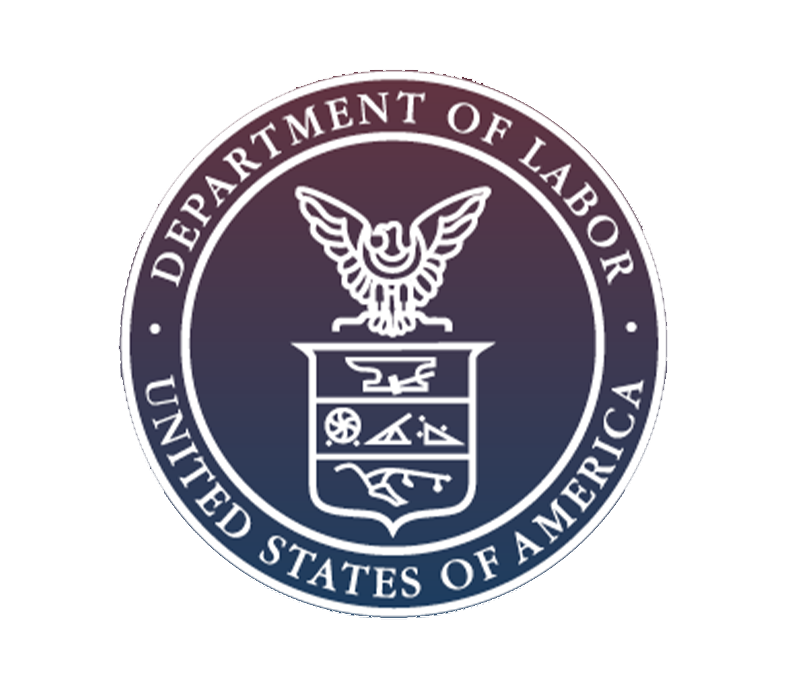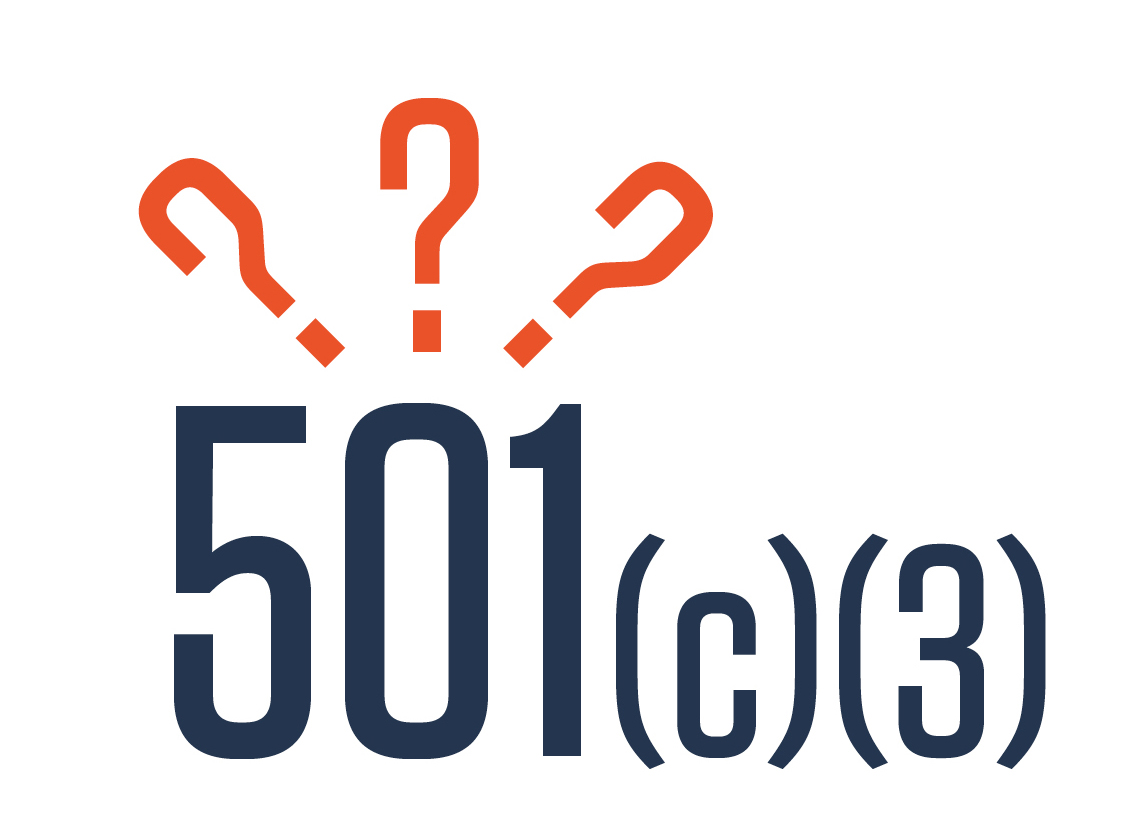25 Aug Preparing for a GPC Audit by Shauna O’Toole, MA, CFRE
18 Aug Federal Agency Series: National Science Foundation
NSF - National Science Foundation Session 8 of the Federal Agency Series Register Now In this session, we will educate the participants in the core mission, principles, and strategic priorities the NSF works by, their budget, and what that budget aims to address in national priorities. We'll then...
11 Aug Did You Know: Unraveling the Differences Between Goals, Objectives, Outputs, and Outcomes by Roxanne Jensen, Ed.S., GPC
04 Aug Funding Alert! Opportunities for Libraries and Archives! Institute of Museum and Library Services (IMLS)
Attention librarians, school districts, institutions of higher education, government officials, and archivists! The Institute of Museum and Library Services (IMLS) – is releasing opportunities to address the critical needs of libraries and archives and support the advancement of professional practices. IMLS’s mission is to advance, support, and empower America’s museums, libraries, and related organizations through grantmaking, research, and policy development. Through multiple opportunities to support the unique needs of libraries and archives, IMLS works towards its strategic goals of championing lifelong learning, strengthening community engagement, advancing collection stewardship and access, and demonstrating excellence in public service. The National Leadership Grants for Libraries program is designed to influence practice across disciplines, support current strategic priorities within its field, use collaboration to demonstrate field-wide buy-in and input, and generate new models, tools, research findings, services, practices, or alliances that can be adapted and scaled.31 Jul Did You Know? Nonprofit Organizations and Not-For-Profit Organizations Are Not the Same Thing by Roxanne Jensen, Ed.S., GPC
Nonprofits and not-for-profits share many similarities and, in practice, the terms are often used interchangeably. The key similarities and differences between these types of organizations are nuanced. Nonprofits and not-for-profits are mission-driven organizations with a shared purpose of serving the public or charitable needs. They are...
27 Jul Federal Agency Series: Department of Labor
DOL - Department of Labor Session 7 of the Federal Agency Series Register Now In this session, we will educate the participants in the core mission, principles, and strategic priorities the Labor Department works by, their budget, and what that budget aims to address in national priorities. We'll...
27 Jul Federal Agency Series: Department of Housing & Urban Development
HUD - Department of Housing & Urban Development Session 6 of the Federal Agency Series Register Now In this session, we will educate the participants in the core mission, principles, and strategic priorities HUD works by, their budget, and what that budget aims to address in national priorities....
24 Jul Did You Know? Discover the Nine IRS-Approved Activities for 501(c)(3) Status Qualification by Roxanne Jensen, Ed.S., GPC
Did you know that while there are two main types of 501(c)(3) organizations, the IRS has set nine different activities to qualify as a 501(c)(3) organization? Organizations with 501(c)(3) status play a vital role in serving communities and advancing various charitable causes. Known for their tax-exempt status, they are eligible to receive tax-deductible donations, making them appealing avenues for philanthropy. While most of us are aware of these organizations' existence, there might be some intriguing facts yet to be uncovered. In this blog post, we will explore the two main types of 501(c)(3) organizations and delve into the nine different activities outlined by the IRS that qualify for 501(c)(3) status.16 Jul Funding Alert! NEW EDA Recompete Pilot Program for Distressed Communities – Part II: Plan Approval Track
Department of Commerce – Economic Development Administration (EDA) Attention local governments and economic development-focused organizations! The Department of Commerce (DOC) – Economic Development Administration (EDA) – is releasing a brand-new program to create renewed economic opportunity in communities that have for too long been forgotten....








